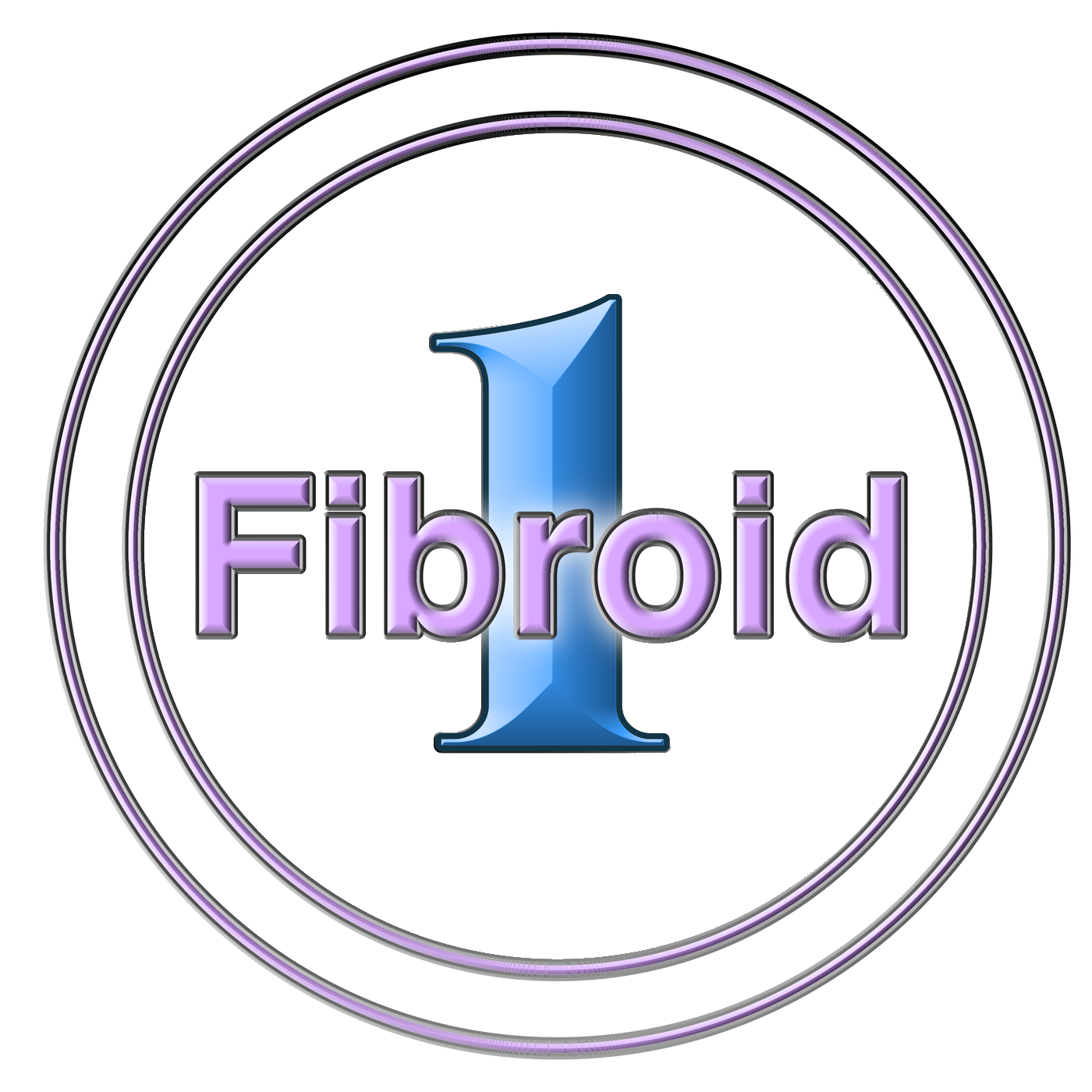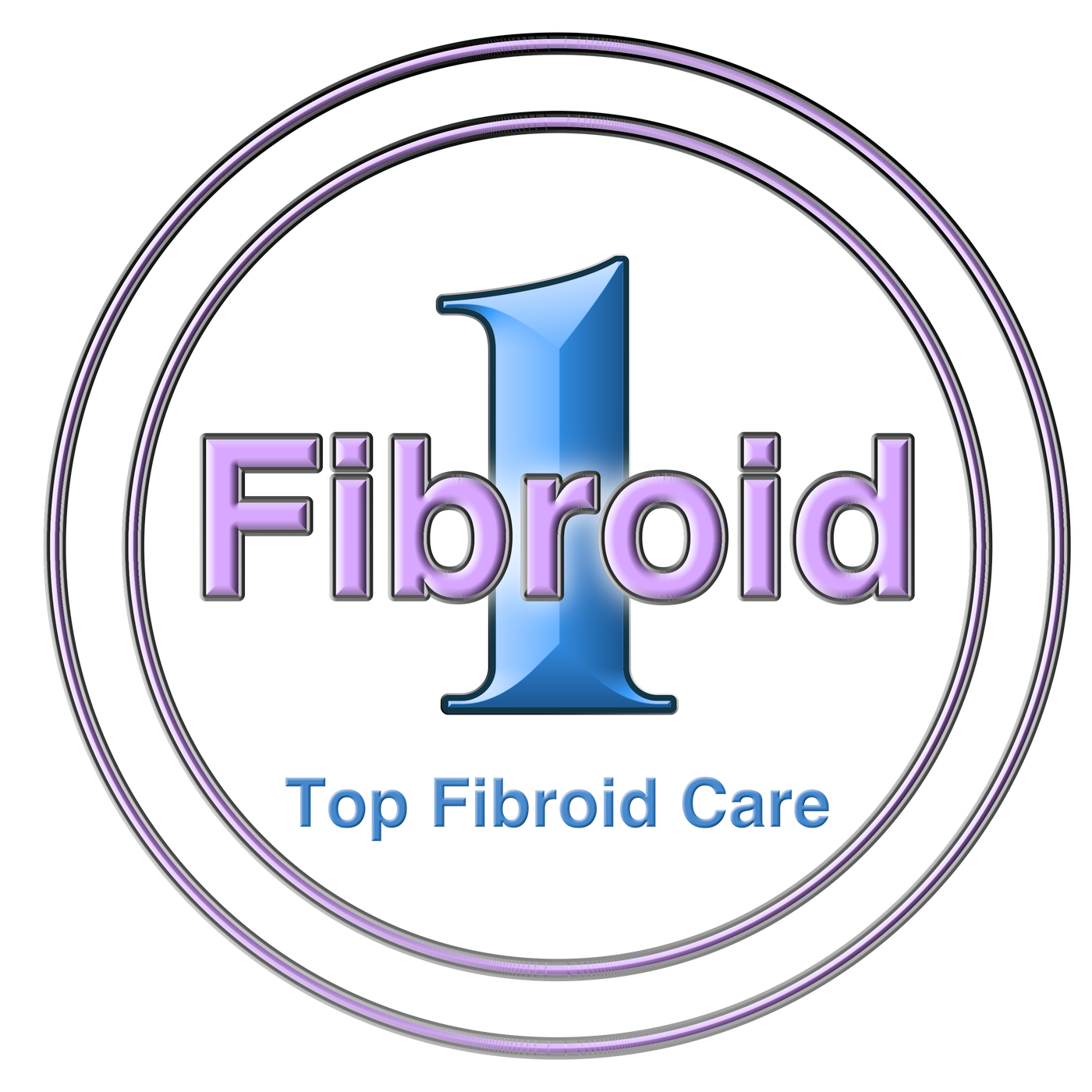When faced with a gynecological condition, it’s natural to seek immediate relief or intervention. However, not all conditions require immediate treatment; sometimes, careful observation is the most appropriate course of action. In this blog from 1Fibroid in New York, we will explore the role of observation in managing three common gynecological conditions: fibroids, adenomyosis, and pelvic congestion syndrome (PCS). Understanding when and why observation is recommended can help you make informed decisions about your health.
Understanding Fibroids
Fibroids, also known as uterine leiomyomas, are non-cancerous growths that develop in the uterus. They vary in size and number, and many women with fibroids experience no symptoms at all. However, some women may suffer from heavy menstrual bleeding, pelvic pain, and reproductive issues.
Observation in Fibroid Management
For women with fibroids who are asymptomatic or have mild symptoms, observation, often referred to as “watchful waiting,” is a common approach. Here’s why:
- Stability Over Time: Fibroids often grow slowly, if at all. Regular monitoring through pelvic exams and ultrasounds can track their size and growth pattern, ensuring they aren’t causing significant problems.
- Symptom Management: Many fibroid-related symptoms can be managed with lifestyle changes and medications without the need for invasive procedures. Observation allows for a less aggressive approach while maintaining quality of life.
- Menopausal Considerations: Fibroids tend to shrink after menopause due to decreased hormone levels. For women nearing menopause, observation can be a prudent choice as symptoms may naturally subside.
During observation, regular check-ups are essential. These visits allow your healthcare provider to monitor any changes in your condition and adjust the management plan as needed. If symptoms worsen or complications arise, more active treatment options can be considered.
Understanding Adenomyosis
Adenomyosis is a condition where the inner lining of the uterus (endometrium) grows into the muscle wall of the uterus (myometrium), causing the uterus to enlarge. This can lead to heavy menstrual bleeding, severe cramps, and chronic pelvic pain.
Observation in Adenomyosis Management
Observation plays a significant role in managing adenomyosis, especially in cases where symptoms are mild or manageable:
- Symptom Variability: Adenomyosis symptoms can vary greatly among women. For some, symptoms may be mild and not significantly impact daily life, making observation a suitable approach.
- Hormonal Fluctuations: Hormonal changes throughout a woman’s life can affect the severity of adenomyosis symptoms. Observation allows healthcare providers to understand these patterns and tailor treatment accordingly.
- Avoiding Unnecessary Interventions: Many treatments for adenomyosis, such as hormonal therapies or surgery, come with side effects and risks. Observation helps avoid these until they are absolutely necessary.
Regular follow-ups and imaging studies like ultrasounds or MRIs are crucial during observation. These tools help monitor any changes in the condition and ensure that symptoms are not progressively worsening.
Understanding Pelvic Congestion Syndrome
Pelvic Congestion Syndrome (PCS) is a chronic condition caused by varicose veins in the pelvis, leading to persistent pelvic pain. PCS is often difficult to diagnose and can be confused with other conditions.
Observation in PCS Management
Observation is an important aspect of managing PCS, particularly when symptoms are mild or intermittent:
- Symptom Monitoring: PCS symptoms can fluctuate, with periods of exacerbation and remission. Observation allows for a better understanding of these patterns and helps in identifying triggers.
- Avoiding Invasive Procedures: Many treatment options for PCS, such as embolization or surgery, are invasive. By opting for observation initially, patients can avoid these procedures unless absolutely necessary.
- Lifestyle and Symptom Management: Observation often includes non-invasive strategies like lifestyle changes, pain management techniques, and pelvic floor exercises. These can significantly alleviate symptoms without the need for aggressive treatments.
Regular follow-up appointments and imaging studies are vital during the observation period to track any changes in the varicose veins and ensure the condition is not worsening.
The Importance of Regular Monitoring
Regardless of the condition, regular monitoring is a key component of observation. This includes:
- Scheduled Check-ups: Regular visits to your healthcare provider to discuss symptoms and any changes in your condition.
- Imaging Studies: Ultrasounds, MRIs, or other imaging techniques to track the progression of the condition.
- Symptom Diaries: Keeping a detailed record of your symptoms, their severity, and any triggers can help your healthcare provider make informed decisions about your care.
Observation plays a crucial role in managing fibroids, adenomyosis, and pelvic congestion syndrome. It allows for a better understanding of the condition’s progression and symptoms while avoiding unnecessary interventions. By opting for observation, women can maintain their quality of life and avoid the risks associated with more aggressive treatments. However, regular monitoring and communication with healthcare providers are essential to ensure that any changes in the condition are promptly addressed. Remember, the goal of observation is to manage symptoms effectively while maintaining overall health and well-being.
1Fibroid Is Here To Support You
If you are living with uterine fibroids and curious about your nonsurgical alternatives to fibroid treatment, consider 1Fibroid. 1Fibroid is based in New York, with locations in both Manhattan and Queens. We are committed to women’s care and offer non-invasive options such as medication, hormone therapy, and UFE procedures. If you’re ready to live life without the symptoms of fibroids, call us today at 212-991-9991.












